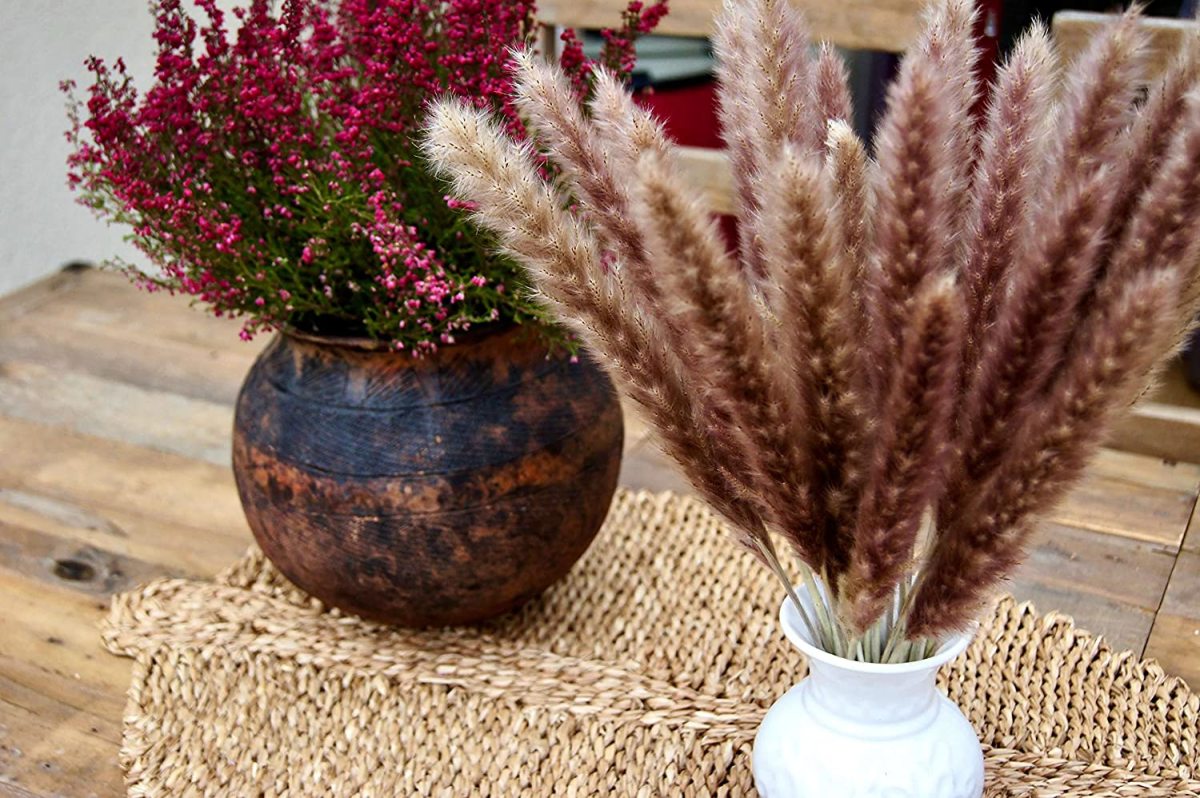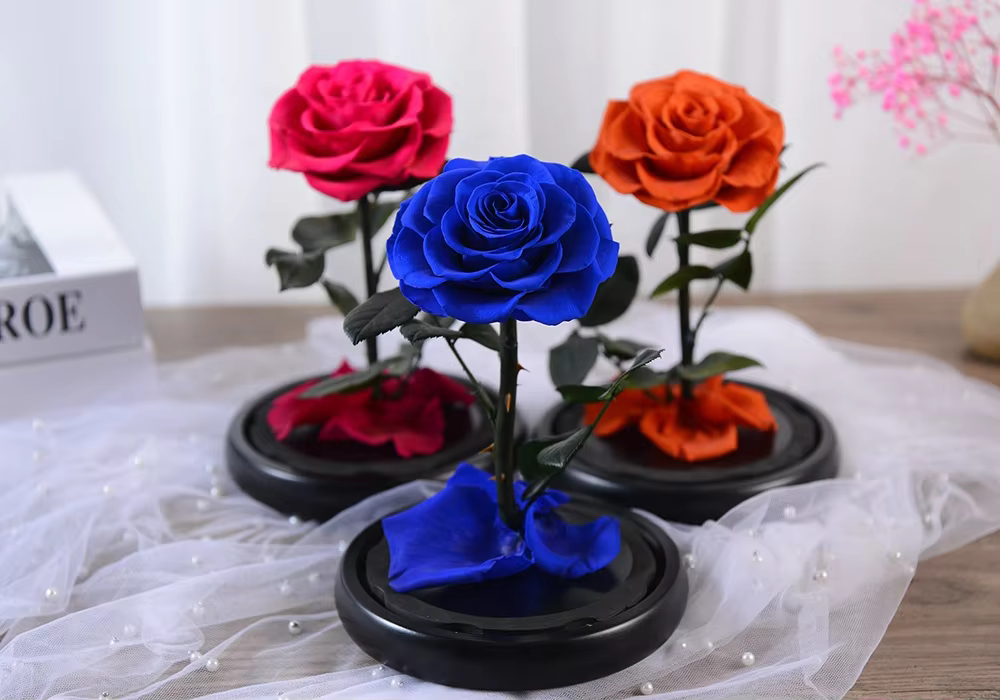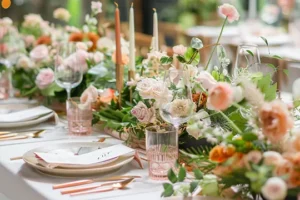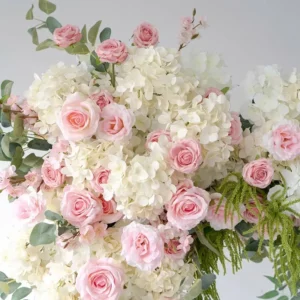What are Eternal Flowers?

Eternal flowers, often referred to as preserved or immortal flowers, are a unique category of blooms that undergo specialized treatment processes to retain their natural beauty for an extended period. Unlike regular flowers, which typically wilt and lose their vibrancy within a short time frame, eternal flowers can last for several months or even years with proper care. The preservation methods employed generally include drying, dyeing, and a variety of chemical treatments that help inhibit degradation while maintaining the flower’s original form and color.
The drying process is one of the most common techniques used to create eternal flowers. This involves removing moisture from the blooms to prevent decay. There are a variety of drying methods, such as air drying, silica gel drying, and freeze-drying, each producing slightly different textures and appearances. Dyes may be added in this stage to enhance or alter the flower’s natural color, helping to further preserve it. Chemical preservation treatments, often involving glycerin or specific sealants, infuse the flowers with compounds that maintain their flexibility and luster, further distinguishing eternal flowers from their perishable counterparts.
Eternal flowers hold significant cultural and sentimental value, often used in special occasions such as weddings, anniversaries, and memorials. They serve as lasting mementos that evoke cherished memories, symbolizing love and commitment that endures over time. In various traditions, they may represent eternal love and beauty, further cementing their status as meaningful gifts that convey deep emotional significance. Thus, eternal flowers not only possess aesthetic appeal but also offer a rich connection to human experiences and emotional expression.
The Process of Creating Immortal Flowers

The creation of immortal flowers, which retain their beauty indefinitely, involves several meticulous preservation techniques that ensure the delicate features of the blooms are maintained. One of the most popular methods is air drying, a straightforward process in which flowers are hung upside down in a cool, dry place. This method allows the flowers to lose moisture slowly, helping to retain their original shape and color while achieving a beautiful dried bloom. The key to successful air drying is to select flowers that have lower moisture content, such as lavender or statice, as these tend to retain their form better through the drying process.
Another effective technique is silica gel drying, which utilizes silica gel crystals to absorb moisture from the flowers more rapidly and evenly than air drying. This method is particularly beneficial for preserving delicate blooms such as roses and daisies, which can easily become limp and lose their shape during the drying process. The flowers are placed in a container filled with silica gel, ensuring that they are fully covered, and left to dry for several days. The challenge with silica gel drying lies in the need to carefully monitor the process to prevent over-drying, which can lead to brittle flowers.
Using glycerin is another well-known method for creating immortal flowers. This technique involves soaking the stems of the flowers in a glycerin and water solution, allowing the flowers to absorb the solution and maintain their softness and flexibility. Glycerin preservation is especially effective for foliage and can enhance the color of the flowers. However, one major challenge of this method is the risk of the flowers losing some of their natural hue, as the glycerin can sometimes alter their color.
Overall, while creating immortal flowers can pose several challenges, the various techniques offer flower enthusiasts a means to enjoy the enduring beauty of their favorite blooms for an extended period.
Uses and Benefits of Eternal Flowers

Eternal flowers, also known as immortal flowers, have garnered attention for their wide-ranging applications and distinct benefits. These long-lasting blooms are particularly popular in decorative settings, where they offer a touch of elegance without the usual upkeep required of fresh cut flowers. Commonly used to enhance interior spaces, these flowers can be arranged in stunning displays that cater to diverse aesthetic preferences. Their enduring nature allows them to maintain their beauty for years, making them a cost-effective alternative for home decor.
Additionally, eternal flowers play a significant role in event planning. From weddings to corporate gatherings, these floral arrangements provide a vibrant and lasting centerpiece that requires minimal maintenance throughout the event. Unlike seasonal flowers, which can wilt and require frequent replacement, eternal flowers retain their charm and freshness, ensuring that they serve as a memorable highlight in any setting.
Eternal flowers also make for heartfelt gifts. Their longevity symbolizes enduring love and affection, making them ideal for commemorative occasions such as anniversaries, birthdays, or memorials. This emotional significance adds value, allowing individuals to express sentiments that transcend the temporary nature of conventional flowers.
The rising popularity of sustainable decor further boosts the appeal of eternal flowers. As consumers increasingly prioritize environmentally friendly options, these flowers offer a sustainable choice that aligns with this growing trend. They are often made using eco-friendly methods, reducing waste and limiting the carbon footprint associated with traditional floral arrangements.
In conclusion, the diverse applications of eternal flowers, combined with their aesthetic appeal, emotional significance, and sustainability, make them a compelling choice for various settings. Their ability to bring beauty to homes and events and their suitability as thoughtful gifts underscore their importance in contemporary decor. As we continue to explore renewable options, these immortal blooms are likely to remain a cherished fixture in floral design.
Caring for Eternal Flowers

Eternal flowers, also known as preserved or immortal flowers, require specific care to maintain their beauty and longevity. Proper placement is fundamental; it is advisable to avoid direct sunlight, high humidity, or extreme temperatures. Bright light can cause the colors to fade, while moisture can lead to mold growth on the petals. Therefore, choosing an appropriate location—such as a cool, dry area free from direct drafts or heat sources—will help preserve the integrity of these stunning arrangements.
Cleaning immortal flowers is essential for their upkeep. A soft, dry cloth or a gentle dusting tool can effectively remove any dust that has settled on the petals. It is crucial to avoid using water or cleaning products, as these can damage the flowers and compromise their preserved state. Alternatively, an occasional light vacuum with a brush attachment can also be used cautiously to maintain their cleanliness without harming them.
Maintenance practices should also be observed to enhance the longevity of eternal flowers. Regular inspections for signs of wear or discoloration are recommended, allowing for early detection of any potential issues. Additionally, it is beneficial to keep them away from common allergens such as smoke or overly perfumed products, as these can negatively impact their appearance over time.
Common mistakes to avoid include purposely exposing eternal flowers to moisture or direct sunlight. It is also unwise to overly handle the arrangements, as this can lead to physical damage. Lastly, be cautious of using artificial fragrances, as these may degrade the materials used in immortal flower arrangements. By understanding and implementing careful practices, both individuals and businesses can maximize the life and beauty of their eternal flowers, ensuring that these exquisite pieces continue to captivate admirers for years to come.





